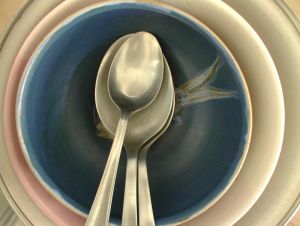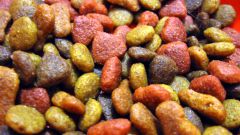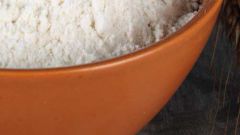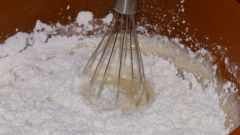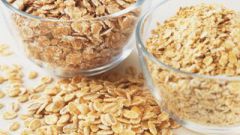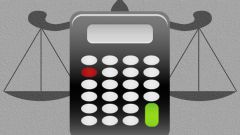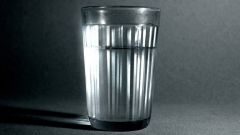Instruction
1
As weights you can use traditional kitchen utensils: spoons, jars, glasses, pots. However, one should remember about the difference between volume and weight of the products. Weighting no weights will be much easier if you use a special measuring Cup, the sides of which marks showing the weight of different products.
2
Weighing spoons. Scoop flour with a spoon (dining room or tea). Gently shake that showered the excess flour. The spoon turns a neat "little hill". In a teaspoon with a "slide" is placed 10 g of flour, in the dining room – 25 g.
3
Weighing glasses. It is best to use normal faceted glass bezel with a volume of 250 ml of the Flour, pour in a glass with a spoon. It should not to settle and compacted, this may change the weight. Filled to the rim the glass holds 160 g flour. If you pour the flour level with the edge, the weight will increase to 180 In a glass volume of 200 ml to fit a little less flour - about 130 g.
4
Weighing pans. This proven method will help out the hostess, who has no time to re-measure a large quantity of flour spoons or cups. You can take two pots of different sizes. Prerequisite: the small pot should be fully big. In the smaller dishes to fit the product, whose weight is precisely known. Optimal use of sealed kilogram packaging sugar or cereals. Then the pot is placed in an empty load. In big dish carefully filled with water to the brim. Now the burden of small pots can be removed and gradually fill it with flour. Once the water in a large pot will go back up to the brim, a kilo of flour weighed.
Note
The flour is not necessary to sift before weighing.
